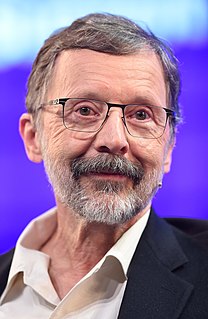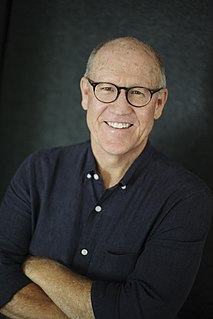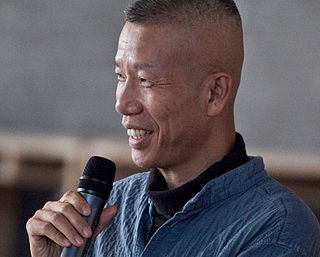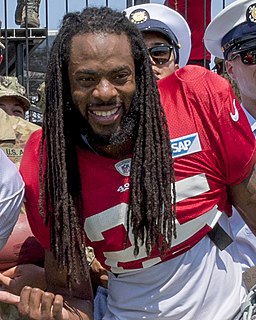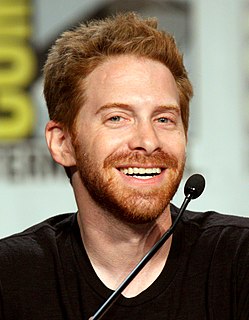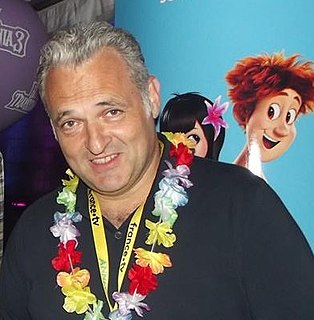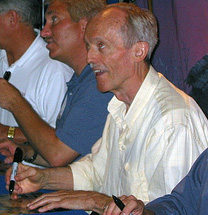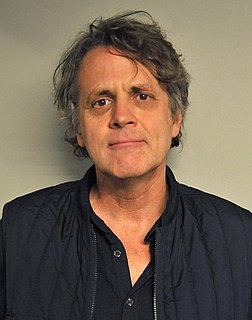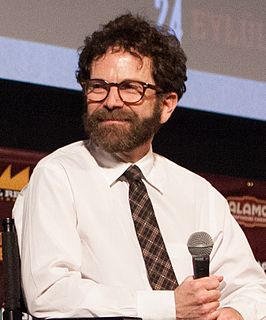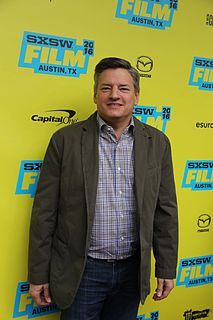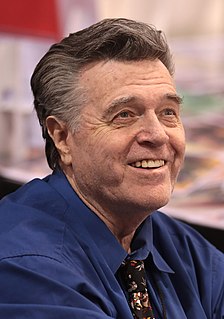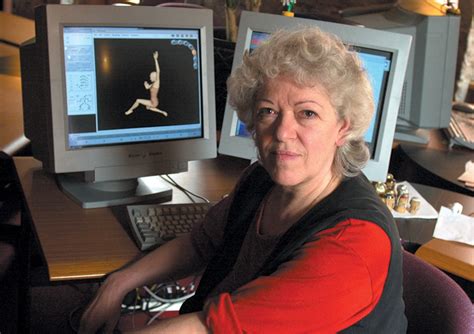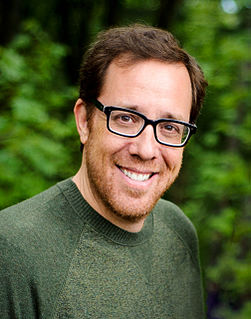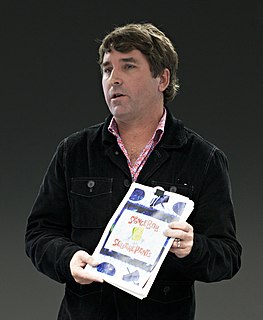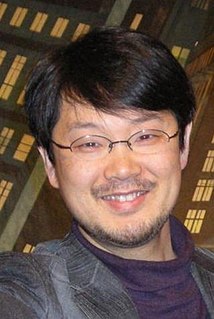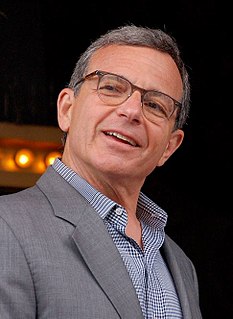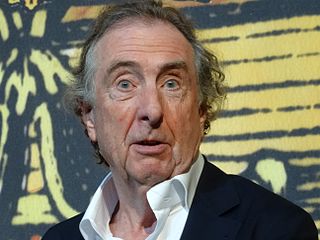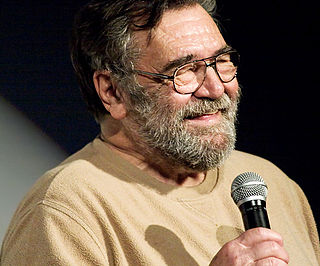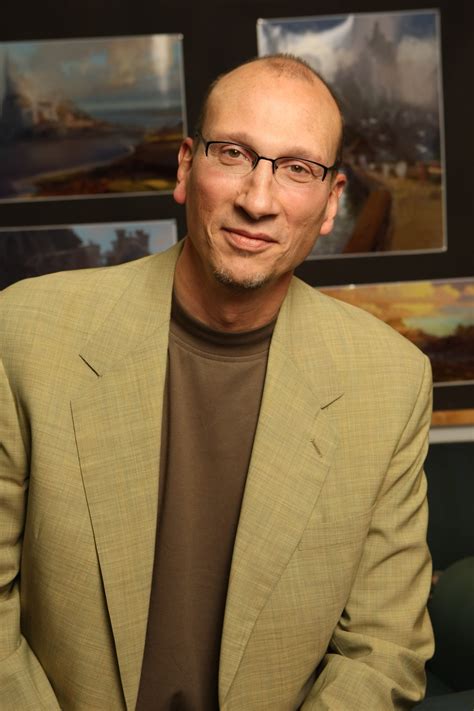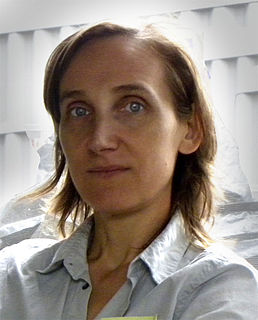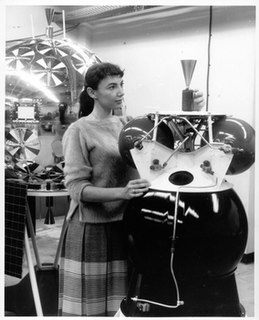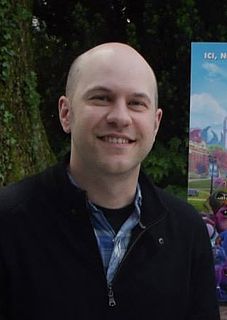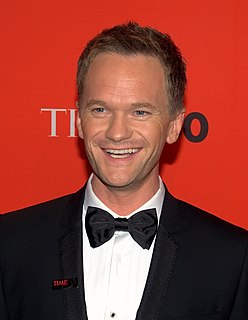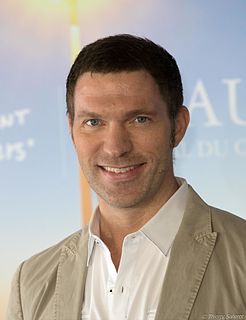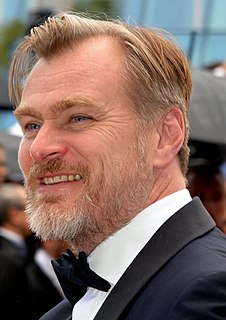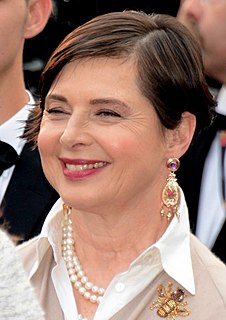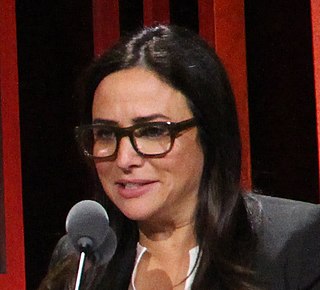Top 1200 Computer Animation Quotes & Sayings
Explore popular Computer Animation quotes.
Last updated on April 14, 2025.
It [moviemaking] is about entertaining audiences with great characters and great stories, you want to make people laugh, you want to make people cry, you want to have great music that is memorable. You want a movie that, as soon as it's over, you want to watch it again, just like that. That's what it is, whether it's live-action, animation, hand drawn, computer, special effects, puppet animation, it doesn't matter. That's the goal of a filmmaker.
First of all, computer animation is certainly a tremendous and viable medium today. But the warmth and personality derived from 2-D animation, in my opinion, cannot be surpassed. Certain stories lend themselves well to 3-D animation and I won't labor this with naming them, but in my bones, I still respond more emotionally to the artists feel in 2-D. You feel the 'actor' in the animator more personally...it's hard to explain.
I really love animation as a storytelling medium, whether it's traditional, cel animation, or CG, or stop motion, which is more our studio's area of focus. But I find that the creatives behind any kind of animation are typically very similar, and so regardless of what aesthetic they use to realize their vision, I'm usually pretty into it.
If you're sitting in your minivan, playing your computer animated films for your children in the back seat, is it the animation that's entertaining you as you drive and listen? No, it's the storytelling. That's why we put so much importance on story. No amount of great animation will save a bad story.
Yeah, once we decided to use that replacement animation, and the seams are a function of that animation, and other movies paint those out, we decided we wanted to keep the presence of the animation and the type of animation that it was rather than make it look polished. It created a kind of vulnerability, I think.
Motion comics are a medium all their own. It is certainly not animation, in which a large number of artists do tens and even hundreds of thousands of drawings. The animation, or 'the reality,' is created in a computer, and the work of the original artist is the work. Nor is it a comic book. You can't turn the pages. You can't read the dialogue.
Animation, for me, is a wonderful art form. I never understood why the studios wanted to stop making animation. Maybe they felt that the audiences around the world only wanted to watch computer animation. I didn't understand that, because I don't think ever in the history of cinema did the medium of a film make that film entertaining or not. What I've always felt is, what audiences like to watch are really good movies.
Films are made the same today, as they've ever been made, in certain respects. The scriptwriting, the pre-production, the storyboarding, and the designing are all the same. The technique of animation has changed, in the sense that rather than drawing it by hand, we use a computer as a tool. The computer has become a pencil to draw or paint the images that we see in a film.
You look at Japan and Hayao Miyazaki's films are the biggest films ever made in Japan; domestically there and they play to critical acclaim around the world. He won't put more then 5 or 10 percent computer imagery in his movies. It's disappointing to me. It's a silly choice that some studios made to move out of animation. It's part of the unfortuneate preconception that I think the public has going into see animation.
I love hand-drawn animation, but I have to say I have fallen in love with CG animation. What you can do in terms of visuals is pretty stunning, and I think if I did go back and do a hand-drawn animation, I would want to make sure that, from a stylistic standpoint, it would be as beautiful as 'Hunchback of Notre Dame' at least!
I've always loved animation it's the reason why I do what I do for a living - the films of Walt Disney. This art form is so spectacular and beautiful. And I never quite understood the feeling amongst animation studios that audiences today only wanted to see computer animation. It's never about the medium that a film is made in, it's about the story. It's about how good the movie is.
I so love the animation process. Interesting, everything that I do in animation, the kind of crafting and skills of storytelling, totally work within the structure of the Disney nature films. In a weird way, I like to think that animation is like painting, and Disney nature is like sculpting. Animation you start with a blank canvas and you paint. With Disney nature, you start with a big block of imagery and you hone it down into your final story. Somewhere you end up with something kind of pretty to watch.
I've been working in computer animation for 25 years. I'm obviously a devotee of the technology. I just think it's the one aspect of the medium that's going to continue to revolutionize the filmmaking. It's constantly changing and it's constantly opening up new possibilities. The technology is evolving where 2-D animation was ultimately limited by how long you could pay how many people to make a movie. I mean computers, not that it's in anyway a labor saving device, but it promises to open up exciting new technical possibilites.
